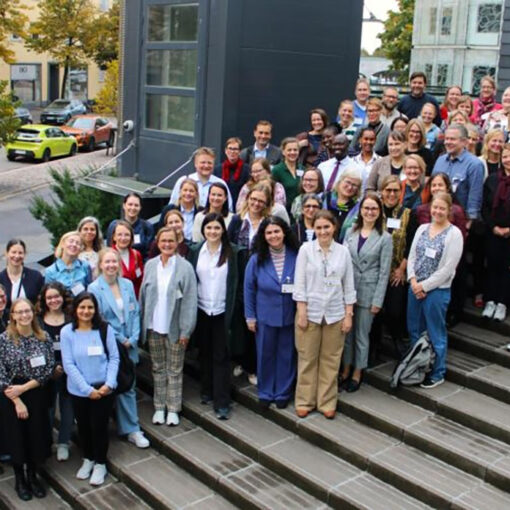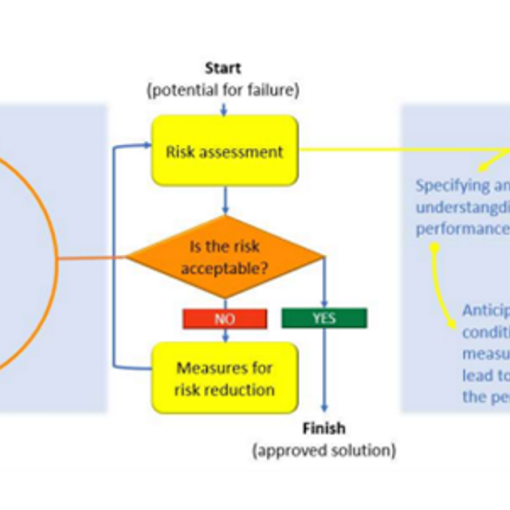“Communication usually fails, except by accident,” according to Wiio’s laws of human communication (Wiio 1978). Technology has given us new ways to meet and collaborate regardless of time and place, but as the means for these encounters have diversified, so have the challenges of interacting within these technology-enabled environments. The VIBES project has identified communication as one of the main challenges of working in multicultural virtual teams.

Overcoming the shortcoming of communication in virtual environments
Communication in virtual spaces comes with its own set of shortcomings and compromises. It can be harder to read the situation in virtual environments because we have to rely more on nonverbal messages or spoken communication only, and even with our cameras on, we have limited opportunities to read the other person’s body language and facial expressions, which can sometimes be accompanied by a lag. Working in a multicultural setting can highlight these challenges, as cultural differences in communication create more opportunities for misunderstandings.
To improve communication in virtual teamwork, it’s important to focus on three perspectives (Fifield et al. 2022):
- On the company level, the role of management is important in creating a low threshold for contact and a culture of accessibility, and in setting the tone and norms of communication and interaction styles with the team.
- On the individual level, focus on verbalizing and interpretation, as communication in virtual space requires more emotional intelligence. Pay extra attention while conveying written messages. Be more positive and proactive in reaching out and responding to others.
- When working in multicultural teams, listen and respond actively, ask for clarifications if you are not sure how to interpret the message. Work on creating a shared understanding of communication and avoid cultural stereotyping.
The use of video can either help or hinder the efficiency of teamwork
Facial expressions, eye contact, and other nonverbal cues can help convey meaning and emotion in a way that words alone cannot. The opportunity to read expressions increases the feeling of presence, improves accountability, and engagement. It is usually advised to use cameras during meetings in virtual teamwork platforms, as the use of video allows for nonverbal communication.
However, Tomprou et al. (2021) suggest that fewer distractions and less visual stimuli can lead to greater collaborative problem solving and argue that limited access to video may promote better communication and social interaction. Shockley et al. (2021) agree and argue that being “watched” can induce fatigue, as using cameras during virtual meetings increases the need to manage impressions and directs focus inward.
Therefore, it is important to make virtual teamwork a positive social experience in order to achieve the best communication results. As a result, selecting the appropriate features of virtual communication technologies and matching them with the team’s needs and preferences, rather than adhering to a common policy of conduct in virtual teamwork, may enhance collaborative work and communication.
Author
Niina Sallinen is RDI Specialist at LAB University of Applied Sciences and Project Manager for VIBES (Virtual Business Skills Empowerment). The project VIBES (2021‒2023) create and produce a distinctive educational and training content that equips students with skills relevant for work in virtual and multicultural teams.

References
Fifield, B., Yli-Jaakkola, N. & Itänen, M. 2022. VIBES Virtual Business Skills Empowerment Project, VIBES IO3: Educational Content Development. Erasmus Plus and Lab University of Applied Sciences, IO3 Full Report June 1, 2022. The VIBES IO3 report will be available on the project webpages: https://www.virtualskills.eu/
LUT Press Images. 2020. 237-LPS-CAMPUS. Cited 12 Dec 2022. Available at https://lut.pictures.fi/kuvat/LUT+Press+Images/LUT+Campuses/Lappeenranta+campus/237-lpr-campus.jpg
Shockley, K. M., Gabriel, A. S., Robertson, D., Rosen, C. C., Chawla, N., Ganster, M. L., & Ezerins, M. E. 2021. The fatiguing effects of camera use in virtual meetings: A within-person field experiment. Journal of Applied Psychology, 106(8), 1137–1155. Cited 12 Dec 2022. Available at https://doi.org/10.1037/apl0000948
Tomprou, M., Kim, Y. J., Chikernal, P., Williams Wooley, A. & Dabbish, L. A. 2021. Speaking out of turn: How video conferencing reduces vocal synchrony and collective intelligence. Plos ONE. Vol 16(3): e0247655. Cited 12 Dec 2022. Available at https://doi.org/10.1371/journal.pone.0247655
Wiio, O. A. 1978. Wiion lait ‒ ja vähän muidenkin. Espoo: Weilin-Göös.
Links
Virtual business skills empowerment. 2022. Frontpage. Cited 12 Dec 2022. Available at https://www.virtualskills.eu/




